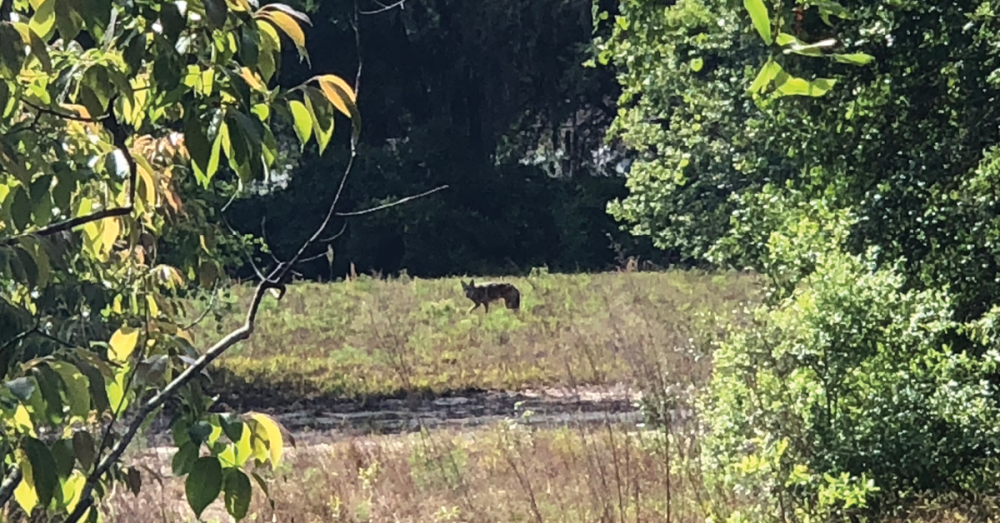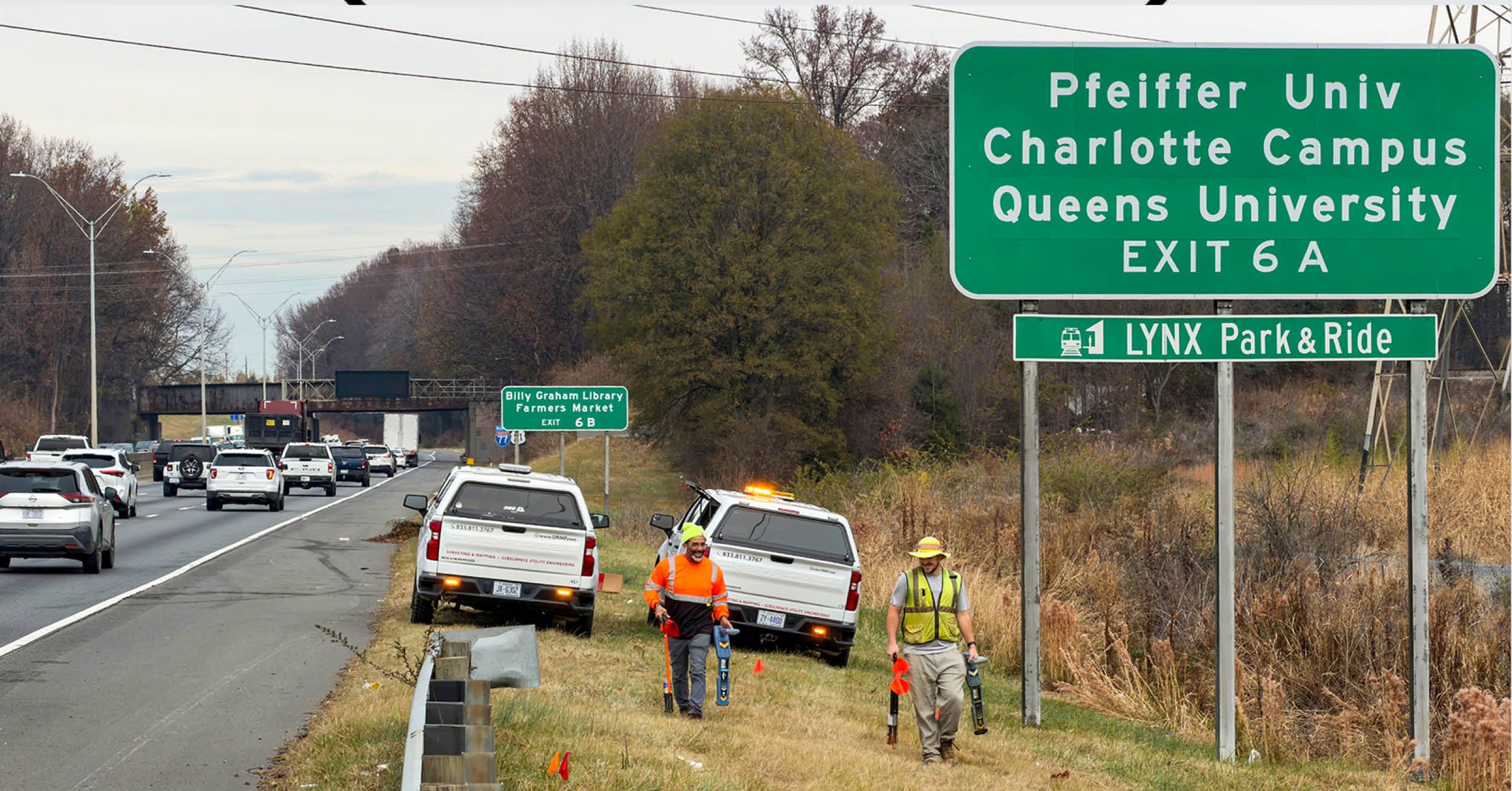Since 2016, DRMP has conducted annual monitoring of Southeastern American kestrel nesting boxes, gopher tortoises, and vegetation within the Spruce Creek Wildlife Preservation Area and the Spruce Creek Nature Trail in Marion County, Fla.
DRMP’s Planning and Environmental Services Group – a team of scientists, biologists, ecologists, and planners – plays a critical role in ensuring development projects align with guidelines set by federal and state environmental protection laws and meet permitting requirements.
In 1996, the 124-acre Spruce Creek Wildlife Preservation Area and the adjacent 17-acre Spruce Creek Nature Trail were designated as mitigation measures to offset the impacts on the Southeastern American kestrel, a falcon species, and the gopher tortoise due to the construction of the Spruce Creek Golf and Country Club.
The Country Club, a retirement community of 3,250 homes between Gainesville and Orlando, hired DRMP in 2016 to oversee on-going maintenance activities required by the Florida Fish and Wildlife Conservation Commission (FWC) to meet permit conditions. This was after the Country Club encountered difficulties in complying with a 1996 development order that imposed a perpetual conservation easement on the Wildlife Preservation Area.
The goal of land management activities within the Spruce Creek Wildlife Preservation Area and Spruce Creek Nature Trail is to maintain habitat suitability for both kestrels and gopher tortoises. To achieve this, Spruce Creek undertook measures to control nuisance and exotic vegetation, including clearing debris, conducting strip mowing of kestrel and gopher tortoise habitat, and installed signage marking the wildlife preserve boundary.
As the Project Manager and a DRMP Senior Ecologist, I have overseen the management of this property since 2016. With DRMP now in charge of maintenance activities, I have witnessed the successful nesting of mating pairs of kestrels, a robust gopher tortoise population, and other species such as, coyotes, foxes, and Sherman’s fox squirrel thriving on the property throughout the years. The Southeastern American kestrel and gopher tortoise are listed as threatened species in Florida due to a decline in kestrel nesting and loss of habitat for both species.
Ensuring a Healthy Habitat
The mitigation plan involves monitoring kestrel nesting boxes, five within the Wildlife Preservation Area and one within the Nature Trail. These boxes are assessed biannually at the beginning and end of the kestrel nesting season. In addition to evaluating the nesting boxes, we also assess their condition, identifying any signs of deterioration that warrant replacement.
During our last monitoring events in 2023 on April 6 and 7, and June 8, DRMP conducted observations on each kestrel box twice daily for 30 minutes using binoculars and a spotting scope to identify the presence or absence of the Southeastern American kestrel.
Our biologists recorded field data, including timestamps, temperature, and weather conditions, kestrel sightings, and the gender of observed kestrels. We were happy to report we observed kestrel activity at several nesting boxes during both monitoring events.
DRMP’s authorized gopher tortoise agents conducted a gopher tortoise survey of the Wildlife Preservation Area and Nature Trail. Within the 22 established belt transects – a scientific method used in ecological research to study the distribution and abundance of species in a particular area – we identified a total of 92 potentially occupied gopher tortoise burrows, comprising 63 active and 29 inactive. The resident gopher tortoise population is estimated at 234 tortoises with a population density of 1.87 tortoises per acre within the Wildlife Preservation Area and 4.19 tortoises per acre within the Nature Trail.
Our gopher tortoise survey revealed a slight population decline compared to the 2021 survey, likely attributable to heightened coyote activity within the preservation area. Several potentially occupied gopher tortoise burrows appeared to have been excavated by coyotes for denning pups.
As stipulated by FWC permit conditions, signage marking the Wildlife Preserve boundary was installed in 2017, and during our 2023 site visits, it was noted to be in excellent condition, necessitating no corrective action.
DRMP's Planning and Environmental Services have been instrumental for our client in ensuring adherence to the mitigation plan while fostering preservation and enrichment of critical habitat within the area. As the Project Manager, I take immense pride in witnessing the successful nesting of kestrels, the thriving gopher tortoise population, and the overall health of the diverse ecosystem at the Spruce Creek Wildlife Preservation Area and Spruce Creek Nature Trail.
Logan M. Shappell serves as a Senior Ecologist for DRMP’s Transportation Market Sector.
















